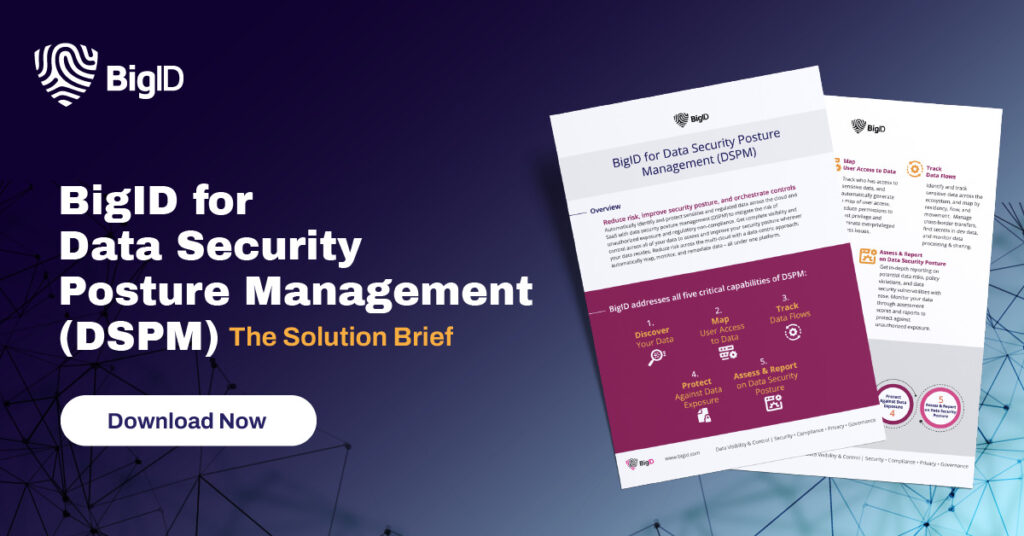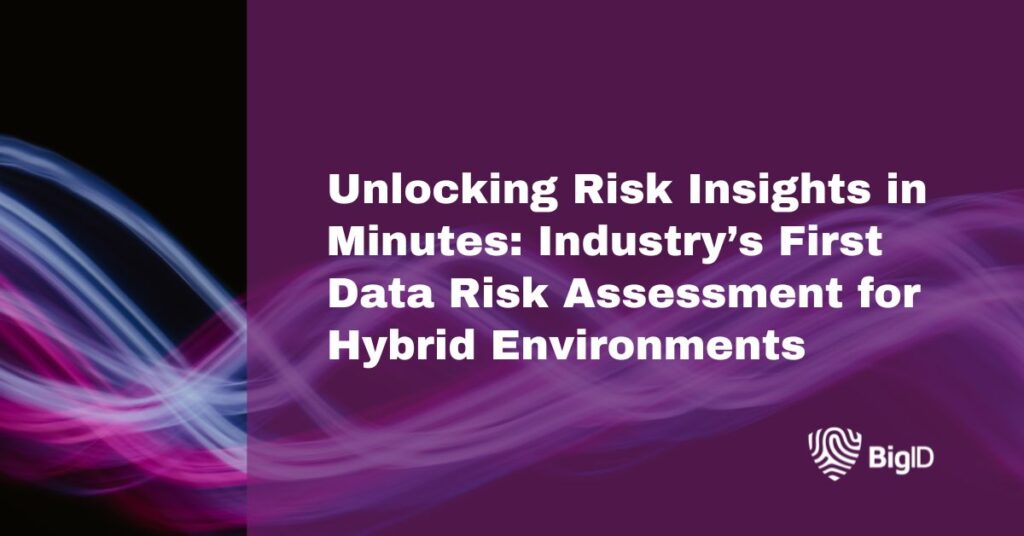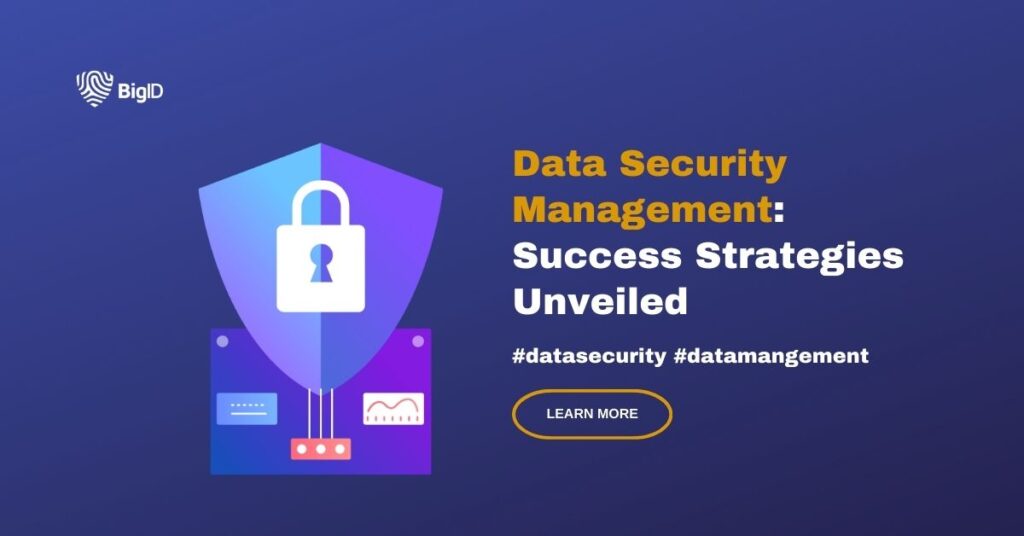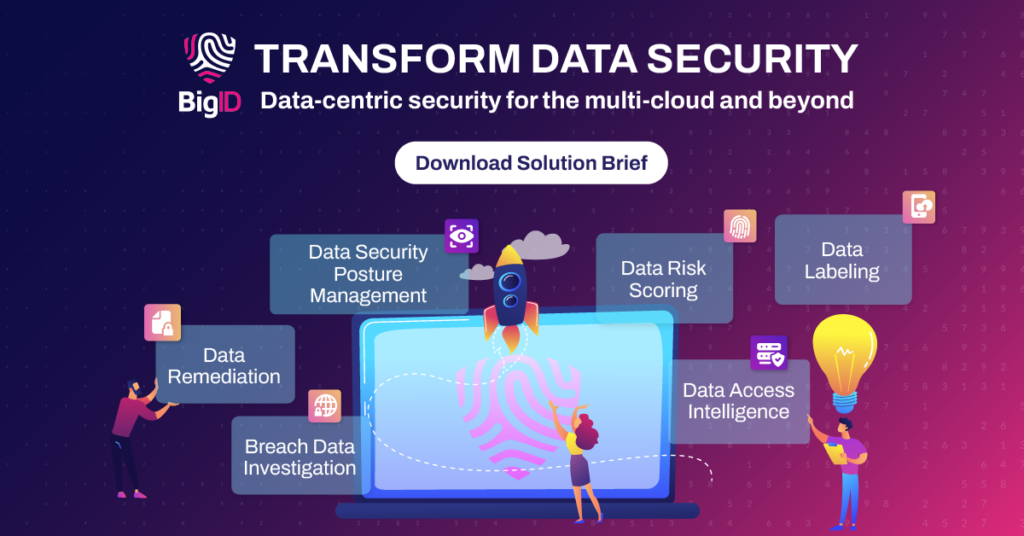The exponential growth of data shows no signs of slowing down and with it— neither does the increased risk of breaches, cyberattacks, and data privacy violations. That’s why organizations of all sizes and industries need data security management. It acts as a shield that protects your most valuable asset in the digital realm. In this article we’re breaking down the world of data security management, exploring its importance, evolution, best practices, common challenges, and more.
What is Data Security Management?
Data security management is the practice of protecting digital data from unauthorized access, disclosure, alteration, or destruction throughout its lifecycle. It encompasses a range of strategies, technologies, and processes designed to ensure the confidentiality, integrity, and availability of data assets. At its core, data security management is about building trust, mitigating risks, and safeguarding sensitive information against cyber threats, compliance violations, and data breaches.
Why is Data Security Important?
Why is data security management important, you ask? Well, consider the consequences of a data breach: reputational damage, financial losses, legal ramifications, and erosion of customer trust. In today’s hyper-connected world, where data is exchanged across networks, devices, and cloud environments, organizations must prioritize data security to protect their brand, maintain regulatory compliance, and preserve customer loyalty. Simply put, data security management is not just a necessity – it’s a strategic imperative in the digital economy.

Evolution of Data Security Management: From Reactive to Proactive
Over the years, data security management has evolved from a reactive, perimeter-based approach to a proactive, data-centric approach. Enter Data Security Posture Management (DSPM) – a paradigm shift in how organizations manage and secure their data assets. DSPM emphasizes continuous monitoring, risk assessment, and policy enforcement to detect and respond to security threats in real-time, rather than relying solely on traditional perimeter defenses.
Differences Between Data Security and Data Privacy
While data security and data privacy are closely related, they address distinct aspects of data protection. Data security focuses on safeguarding data from unauthorized access, while data privacy focuses on ensuring that personal data is collected, processed, and stored in compliance with privacy regulations, such as GDPR and CCPA. While both are integral components of data governance, they are managed differently, with data security focusing on technical controls, encryption, and access management, and data privacy focusing on transparency, consent, and data subject rights.
Common Challenges of Data Security
Despite advancements in data security technologies, organizations continue to face a myriad of challenges in protecting their data assets. Common challenges include:
- Complexity of IT environments: Managing security across hybrid and multi-cloud environments can be complex and challenging, requiring organizations to implement unified security controls and visibility.
- Insider Threats: Malicious insiders and negligent employees pose a significant risk to data security, highlighting the need for robust access controls, monitoring, and employee training programs.
- Evolving Threat Landscape: Cyber threats are constantly evolving, with attackers employing sophisticated techniques, such as ransomware, phishing, and zero-day exploits. Organizations must stay vigilant and adapt their security strategies to mitigate emerging threats.
Best Practices for Securing Data: On-Premises vs. Cloud Environments
Securing data in on-premises and cloud environments requires a multi-layered approach that addresses both infrastructure and application-level security controls. In on-premises environments, organizations can implement firewalls, intrusion detection systems, and access controls to protect data stored within their physical data centers. In cloud environments, organizations can leverage encryption, identity and access management (IAM), and data loss prevention (DLP) tools to secure data stored in cloud repositories, such as Amazon S3, Microsoft Azure, or Google Cloud Platform (GCP).
Overall, best practices for securing data in both on-premises and cloud environments involve a combination of technical controls, security protocols, and regular monitoring to detect and mitigate potential threats. While the specific strategies may vary depending on the environment, the goal remains the same: to safeguard sensitive data and maintain the integrity and confidentiality of information assets.

Types of Data Security: Safeguarding Your Digital Assets
Data security encompasses various types of security controls and technologies designed to protect different aspects of data, including:
- Network Security: Protecting data in transit across networks through encryption, VPNs, and firewalls.
- Endpoint Security: Securing devices, such as laptops, smartphones, and IoT devices, against malware, ransomware, and unauthorized access.
- Data Encryption: Encrypting data at rest and in transit to prevent unauthorized access and ensure confidentiality.
- Access Control: Managing user access rights and permissions to restrict unauthorized access to sensitive data.
- Security Monitoring: Continuous monitoring of systems, networks, and applications for security threats and suspicious activities.
Best Practices for Efficient Data Security Management by Role
IT Security Professionals
- Implement a layered approach to security that includes perimeter defenses, endpoint protection, and data encryption.
- Conduct regular security assessments, vulnerability scans, and penetration tests to identify and remediate security vulnerabilities.
- Stay informed about the latest security threats, trends, and best practices through ongoing training and professional development.
Data Privacy Officers
- Ensure compliance with data protection regulations, such as GDPR, CCPA, and HIPAA, through effective data governance and privacy controls.
- Implement privacy-enhancing technologies, such as anonymization, pseudonymization, and encryption, to protect personal data and uphold privacy rights.
- Collaborate with cross-functional teams, including legal, compliance, and IT security, to establish privacy policies, procedures, and incident response plans.
Business Leaders
- Prioritize data security and privacy as strategic imperatives, aligning them with organizational goals, values, and risk tolerance.
- Invest in security awareness training and education programs to promote a culture of security awareness and accountability across the organization.
- Foster collaboration and communication between IT, security, and business teams to ensure that data security initiatives are aligned with business objectives and priorities.

Simplifying Workflows with Automation: The Future of Data Security Management
Automation is emerging as a game-changer in data security management, enabling organizations to streamline workflows, improve efficiency, and reduce the risk of human error. By automating routine tasks, such as vulnerability scanning, patch management, and incident response, organizations can enhance their security posture, accelerate threat detection, and minimize the impact of security incidents. With the rise of AI and machine learning technologies, automation holds the key to unlocking new levels of agility and resilience in data security management. BigID continues to disrupt the data management industry with their use of advanced AI, automation, and machine learning capabilities for deep data discovery at scale.
Accelerate Your Data Security Management Initiatives with BigID
Data security management is not just a technical discipline— it’s a business imperative that requires collaboration, innovation, and continuous vigilance. BigID’s industry leading platform for privacy, security, compliance, and AI data management gives organizations the ability to adopt a proactive, data-centric approach to security.
With BigID you get:
- Data Discovery and Classification: Automatically find all sensitive data across all structured and unstructured data sources — across the cloud and on-prem. Search by identity and residency with BigID’s patented Identity Correlation to enable data subject access, deletion, and more.
- Reduce Risk: Minimize your attack surface by eliminating duplicate, ROT, dark, shadow, and non-business critical data. Mitigate toxic combinations of data co-located to minimize potential attack vectors.
- DSPM On-Demand: Data security posture management offers data security for the multi-cloud and beyond. BigID implements cloud-native data centric security for organizations at scale. Accurately discover your crown-jewel data— and take proactive steps to safeguard it by reducing your attack surface and constantly monitoring your security posture.
- Achieve Compliance: Automate data privacy with end-to-end privacy capabilities including data request management, data rights fulfillment, consent and cookies management, RoPA & PIA, and customizable privacy portals. Streamline data retention and deletion at scale according to business and regulatory requirements.
For data protection you can trust— get a 1:1 demo with our security experts today.



